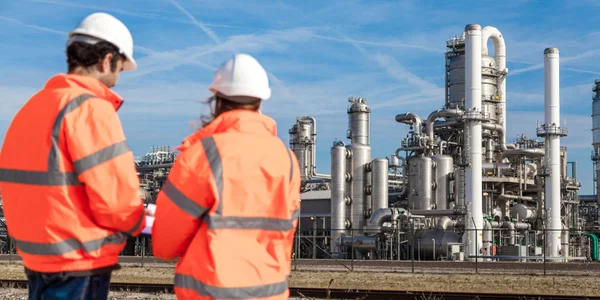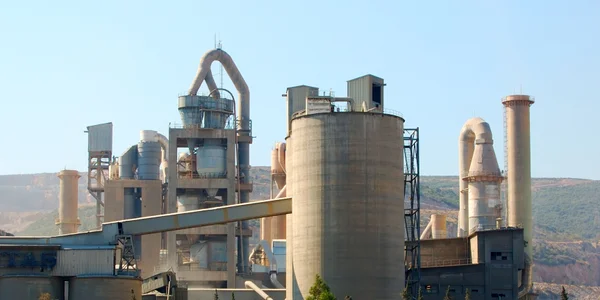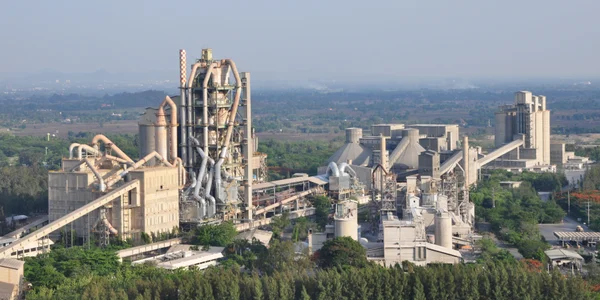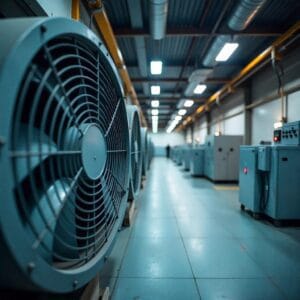Irodák
KÖZPONT

Németország
- Intensiv Filter Himenviro Technologies GmbH
Neustraße 45-49, 42553, Velbert, Deutschland/Németország - +49 20534200990
TERÜLETI HIVATAL

Nagy-Britannia
- Intensiv Filter Himenviro UK Limited
47, Bath Street WS13BX, Wallsall West Midlands, Nagy-Britannia - +44 1922 628893
TERÜLETI HIVATAL

Egyesült Arab Emírségek
- Intenzív szűrő Himenviro Technologies FZE – LLC
Üzleti központ, Sharjah Publishing City Free Zone, Sharjah, Egyesült Arab Emírségek - +971-556074697
TERÜLETI HIVATAL

India
- Intensiv-Filter Himenviro Private Limited
D-247/11, Sector-63, Noida - 201301, Uttar Pradesh, India - +91-120-4642-500
TERÜLETI HIVATAL

India
- Intensiv-Filter Himenviro Private Limited
D-247/11, Sector-63, Noida - 201301, Uttar Pradesh, India - +91-120-4642-500
TERÜLETI HIVATAL

India
- Intensiv-Filter Himenviro Private Limited
D-247/11, Sector-63, Noida - 201301, Uttar Pradesh, India - +91-120-4642-500
Acél és fém levegő- és porszűrő megoldások
Az acél- és fémipar jelentős mennyiségű levegőben lévő szennyező anyagot termel, beleértve a finom port, a fémrészecskéket és a füstöket, amelyek ellenőrizetlenül környezeti szennyeződéshez, a munkavállalók egészségügyi kockázatához és a berendezések károsodásához vezethetnek. Levegő- és porszűrő rendszereinket úgy alakítottuk ki, hogy kezelni tudják ezeket a nagy igénybevételű környezeteket, és felfogják az olvasztási, kohászati, öntési és kikészítési folyamatokból származó kibocsátásokat. Megoldásainkat úgy terveztük, hogy ellenálljanak a magas hőmérsékletnek és a részecsketerhelésnek, javítsák a levegő minőségét, fokozzák a szabályozási megfelelést és védik a munkaerő jólétét, biztosítva a tisztább és biztonságosabb termelési környezetet.
Porszűrési eljárás az acél- és fémiparban
Az elektromos ívkemencét szerkezeti acélok, kiváló minőségű acélok, ill rozsdamentes acélok. Ezenkívül keményfém és szintetikus kristályok gyártására használják.
Az elektromos ívkemencékhez használt poreltávolító berendezések teljes mértékben elvonják és megtisztítják az ívkemencéből származó elsődleges füstgázokat, valamint az olvadás, lefolyás, illetve a töltés és salaktalanítás során keletkező másodlagos füstgázokat. A serpenyős kemencében, az anyagmozgatás során és más kapcsolódó üzemekben keletkező füstgázokat kivonják és kezelik.

Szűrő tetőfedőhöz
Szűrő az EAF-hez
- 1. Tetőburkolat
- 2. Szűrő a tetőburkolathoz
- 3. Szellőztető
- 4. Kémény
- 5. Elektromos ívkemence
- 6. Vízhűtéses cső
- 7. Hőcserélő
- 8. EAF szűrő
- 9. Szellőztető
- 10. Átalakító
Szükséges specifikációk
Szűrő Cím PJM
Tipikus tervezési adatok | Tetőburkolat |
|---|---|
Gáz térfogata | 1,000,000 |
Gáz hőmérséklet | 80 |
A por típusa | Vas-oxidok égési maradékai |
Maradék portartalom | < 10 |
Nyers gáz por tartalom | < 5 |
Tisztítás | online / offline |
Szűrőközeg | Poliészter |
Robbanásvédett kivitel | nem szükséges |
Szorbens | nem szükséges |
Szűrő Cím PJM
Tipikus tervezési adatok | Elektromos ívkemence |
|---|---|
Gáz térfogata | 120,000 |
Gáz hőmérséklet | 120 |
A por típusa | Vas-oxidok égési maradékai |
Maradék portartalom | < 10 |
Nyers gáz por tartalom | < 5-10 |
Tisztítás | online / offline |
Szűrőközeg | Poliészter |
Robbanásvédett kivitel | nem szükséges |
Szorbens | nem szükséges |
Acél- és fémpor-szabályozási alkalmazások
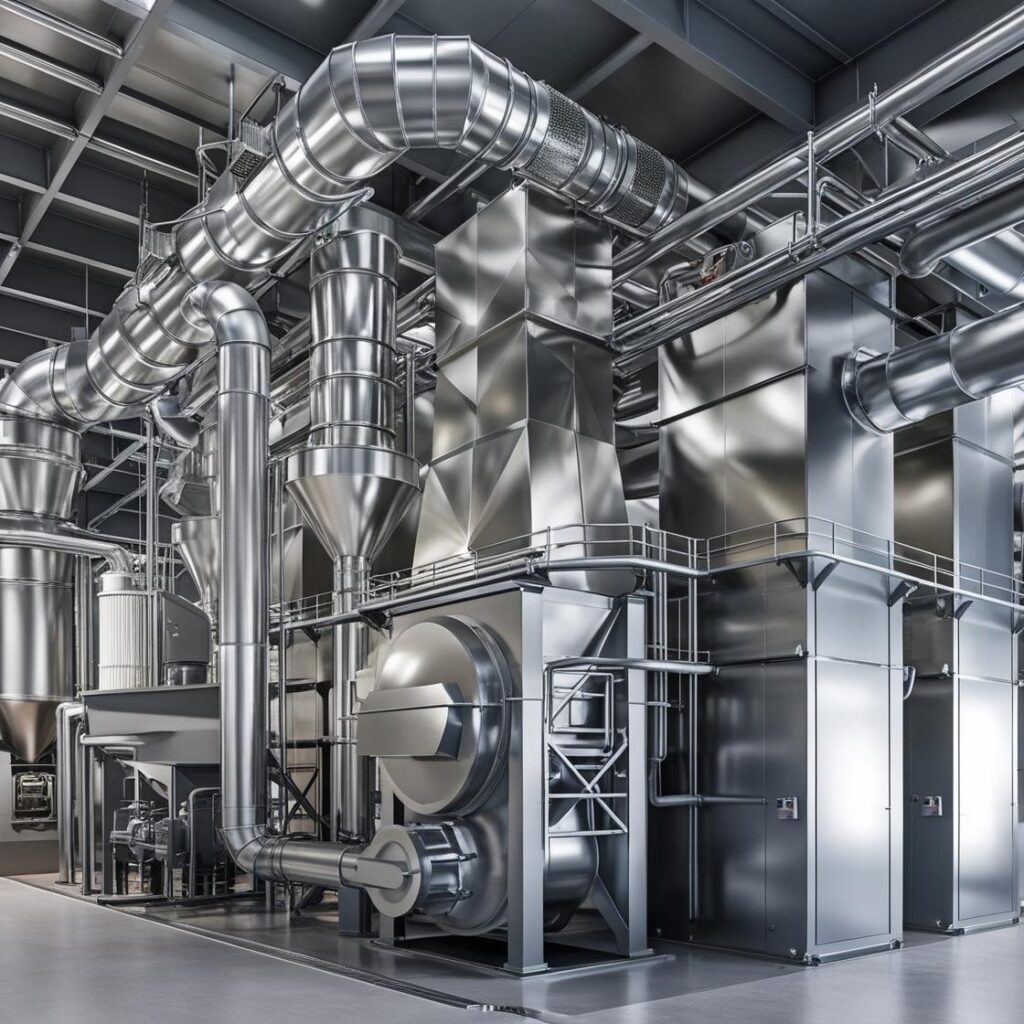
Szabályozza az olvasztás és olvasztás során felszabaduló port és füstöket, felfogja a magas hőmérsékletű kemencékben keletkező veszélyes részecskéket.

Csökkenti az öntési műveletekből származó kibocsátásokat, felfogja a levegőben szálló részecskéket és fémgőzöket, amelyek befolyásolhatják a levegő minőségét.

Eltávolítja a csiszolás és polírozás során keletkező finom port és fémforgácsot, megakadályozva, hogy a szennyeződések befolyásolják a termék minőségét és a munkavállalók biztonságát.
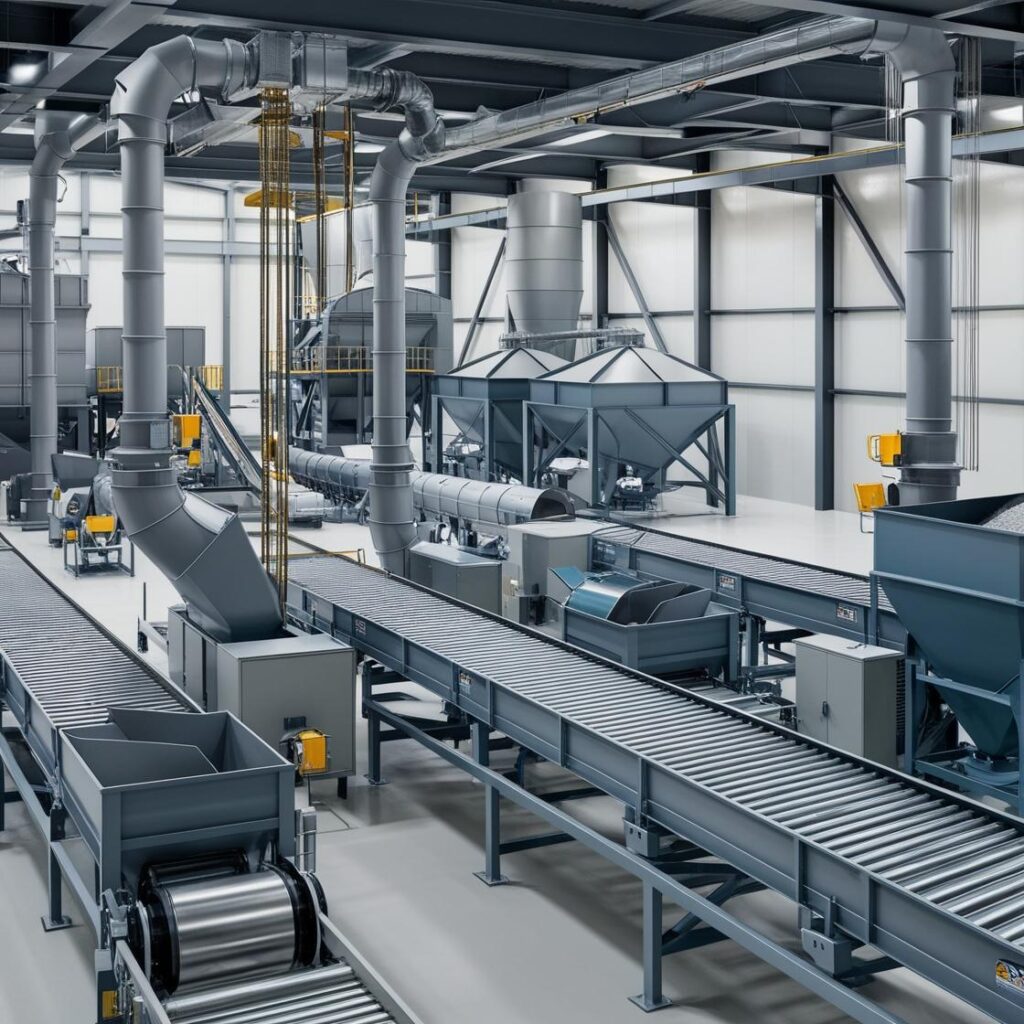
Szabályozza az anyagmozgatás, szállítás és tárolás során keletkező port, minimalizálva a részecskék munkakörnyezetbe jutását.
Szabályozási környezet a porszabályozáshoz |
|---|
Levegőminőségi előírásoknak való megfelelés |
Munkavállalói egészségvédelmi és biztonsági megfelelőség |
Tűz- és robbanásveszély megelőzése |
Környezetvédelmi megfelelőség |
Valós idejű kibocsátás-monitorozás |
Hőállóság |
Csökkentett karbantartás és állásidő |
Termékminőség-biztosítás |
Alacsonyabb működési költségek |
Porszabályozási kihívások |
|---|
Magas por- és füstszint |
Fémrészecskék okozta munkavállalói egészségügyi kockázatok |
Szigorú környezetvédelmi előírások |
Tűz- és robbanásveszélyek |
A végtermékek szennyeződése |
Csiszolópor okozta kopás a berendezéseken |
Hőmérséklet-tűrési követelmények |
Nagy mennyiségű por összegyűjtése |
Karbantartással Kapcsolatos Állásidő Minimalizálása |
A hatékony porszabályozás fő szempontjai |
|---|
Célzott befogás a kibocsátási pontokon |
Tartósság magas hőmérsékleten |
Optimalizált légáramlás és nyomásszabályozás |
Hőálló szűrőanyagok |
Rendszeres karbantartási protokollok |
Iparági szabványoknak való megfelelés |
Rugalmas, egyedi megoldások |
Égési veszélyek kockázatcsökkentése |
Dedikált rendszerek a különböző termelési szakaszokhoz |
Forduljon hozzánk szakértői konzultációért
Fedezze fel egyéb szolgáltatásainkat!
Gyakran Ismételt Kérdések
Az acél- és fémfeldolgozásban az elterjedt szűrőrendszerek közé tartoznak a zsákos szűrők, az elektrosztatikus leválasztók (ESP-k), a nedves mosók és a ciklon szeparátorok. A zsákos szűrők szövetzsákokat használnak a porrészecskék felfogására, míg az ESP-k elektromos töltéseket használnak a részecskék eltávolítására a kipufogógázokból. A nedves mosók egy súrolófolyadék bevezetésével távolítják el a szennyező anyagokat, míg a ciklon szeparátorok centrifugális erőt használnak a por elválasztására a gázáramoktól. A rendszer kiválasztása olyan tényezőktől függ, mint a részecskeméret, a gáz hőmérséklete és az adott folyamatkövetelmények.
A szűrőrendszerek javítják a levegő minőségét azáltal, hogy hatékonyan felfogják és eltávolítják a fémfeldolgozás során keletkező részecskéket és szennyező anyagokat. A kibocsátások csökkentésével ezek a rendszerek segítik a létesítményeket a környezetvédelmi előírások és szabványok betartásában, ezáltal minimalizálva környezeti hatásukat és elősegítve a biztonságosabb munkahelyet.
Az ESP-k nagy hatékonysággal távolítják el a finom részecskéket, akár 99% hatékonyságot is elérve, ami különösen előnyös az acélgyártásban, ahol a füstgázkibocsátás gyakran finom porrészecskéket tartalmaz. Képesek nagy gázmennyiségek kezelésére, és hatékonyan működnek magas hőmérsékleten. Ezenkívül az ESP-k viszonylag alacsony nyomáseséssel rendelkeznek, ami alacsonyabb energiafogyasztást eredményez működés közben.

